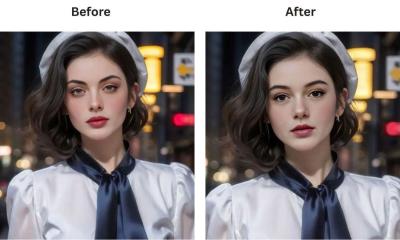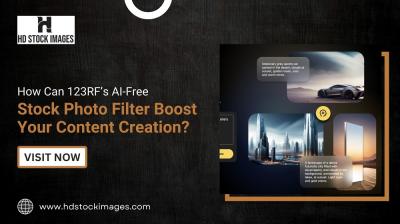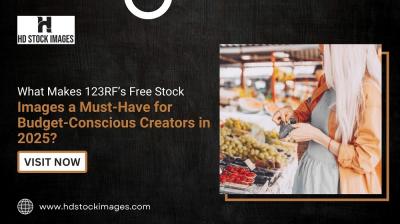Creating a hyperlink in a LinkedIn post can greatly enhance the value of your content. In 2024, hyperlinked posts can help you direct your audience to additional resources, showcase your website, or share relevant articles, making your profile more engaging and informative. But how do you go about it? In this guide, we'll break down the importance of hyperlinks and show you how to effectively implement them in your LinkedIn posts.
Understanding Hyperlinks on LinkedIn
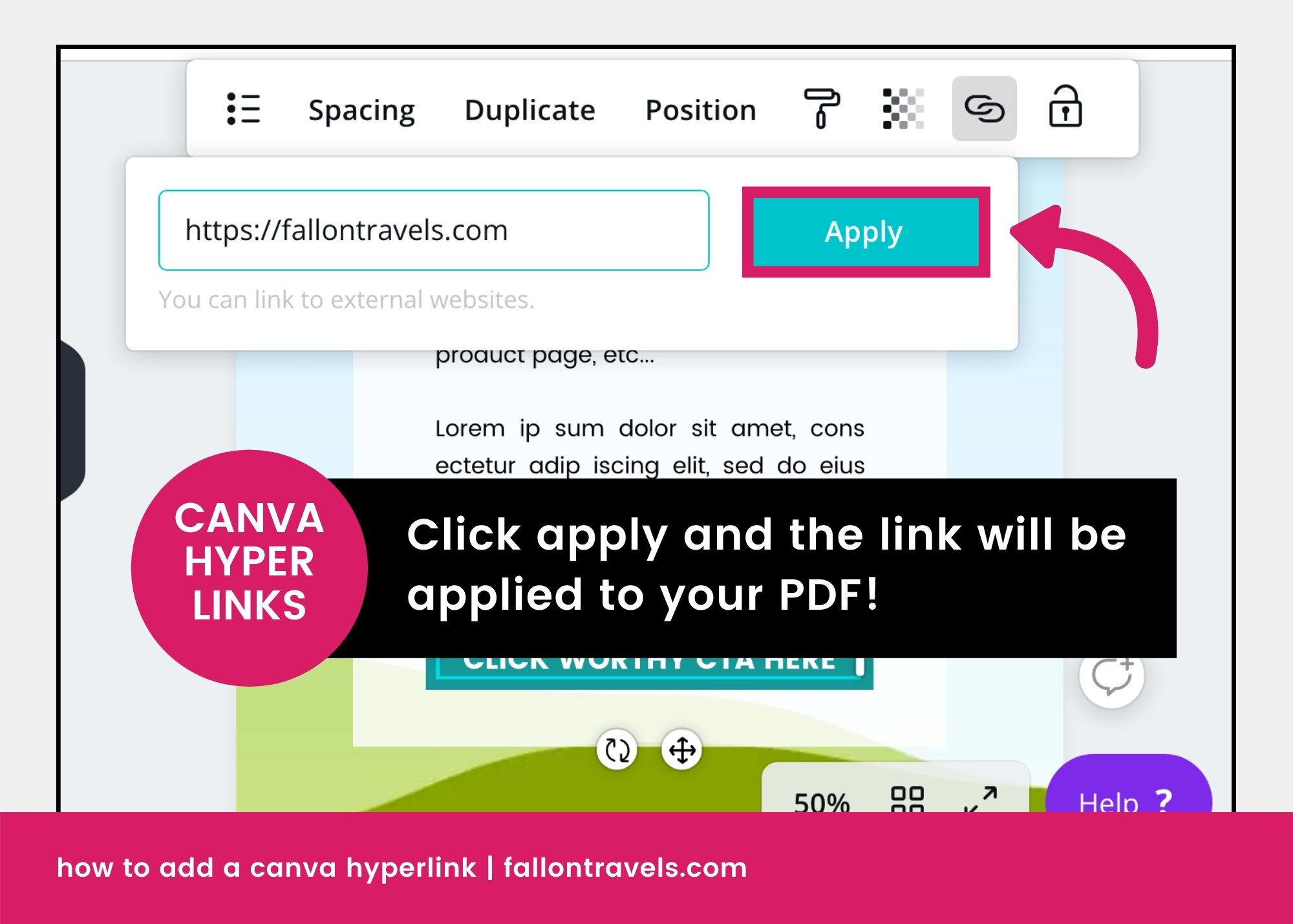
Before diving into the "how" of creating hyperlinks, it’s essential to grasp the concept and benefits of hyperlinks on LinkedIn. A hyperlink is a clickable link that directs users to another webpage, document, or resource. On LinkedIn, hyperlinks can be a powerful tool for sharing valuable content, promoting your services, or driving traffic to your blog or website.
Here's why hyperlinks are important on LinkedIn:
- Enhances Engagement: Hyperlinks can encourage your audience to take action, whether it's visiting your website or reading an interesting article.
- Provides Credibility: Linking to credible sources can bolster your authority and trustworthiness within your professional community.
- Improves Visibility: By driving traffic to your website or blog, you can increase your visibility and connections.
However, it’s worth noting that LinkedIn has specific rules about how hyperlinks are displayed within posts. Unlike some other platforms, LinkedIn doesn't allow users to embed hyperlinks directly into the text. Instead, you’ll need to use URL links as part of your post content. For instance, if you're sharing a blog post, you’ll simply paste the URL into your post.
In summary, understanding how hyperlinks function on LinkedIn lays the groundwork for creating posts that not only inform but also drive your audience to act. Ready to get started? Let’s explore how to effectively put hyperlinks to work in your LinkedIn posts!
3. Step-by-Step Guide to Creating Hyperlinks
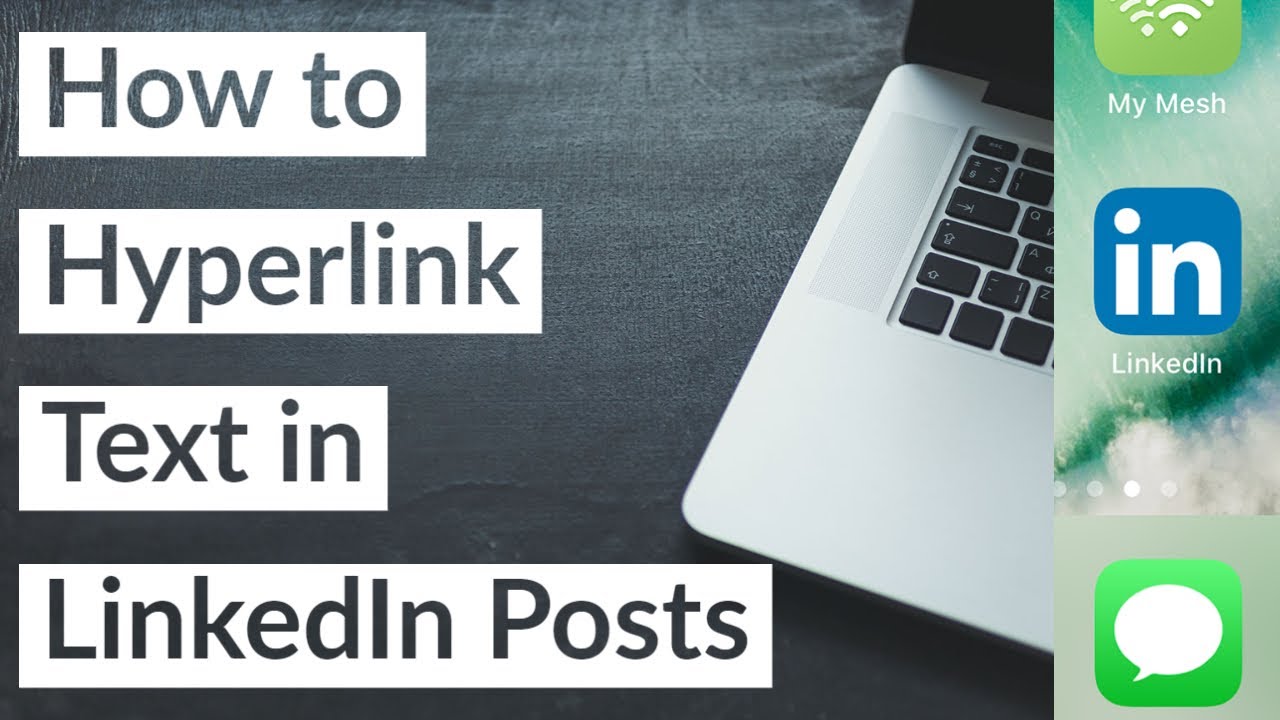
Creating a hyperlink in a LinkedIn post is a straightforward process. Whether you're sharing an article, promoting your business, or directing audience to your portfolio, having the right links can be crucial. Here’s a quick guide to help you craft those hyperlinks effortlessly:
- Log into Your LinkedIn Account: First, access your LinkedIn account by heading to the website or using the mobile app.
- Start a New Post: Click on the "Start a post" button located at the top of your homepage or profile. This will open a post creation box.
- Add Your Content: Write your text for the post as you normally would. Include some context about the link you are going to share.
- Insert the Link: To create the hyperlink, simply paste the URL into the text box. LinkedIn will automatically recognize it and generate a clickable link.
- Customize Your Link Preview: LinkedIn usually fetches the link preview, including an image and brief description of the linked content. You can delete the URL from your post after it generates the preview.
- Review Your Post: Take a moment to review your post. Ensure everything looks good, and your hyperlink is working as intended.
- Publish: Once satisfied, click "Post." Your followers can now click on the hyperlink you’ve created!
And that’s it! You’ve successfully added a hyperlink to your LinkedIn post. Easy peasy, right?
4. Best Practices for Hyperlinking on LinkedIn
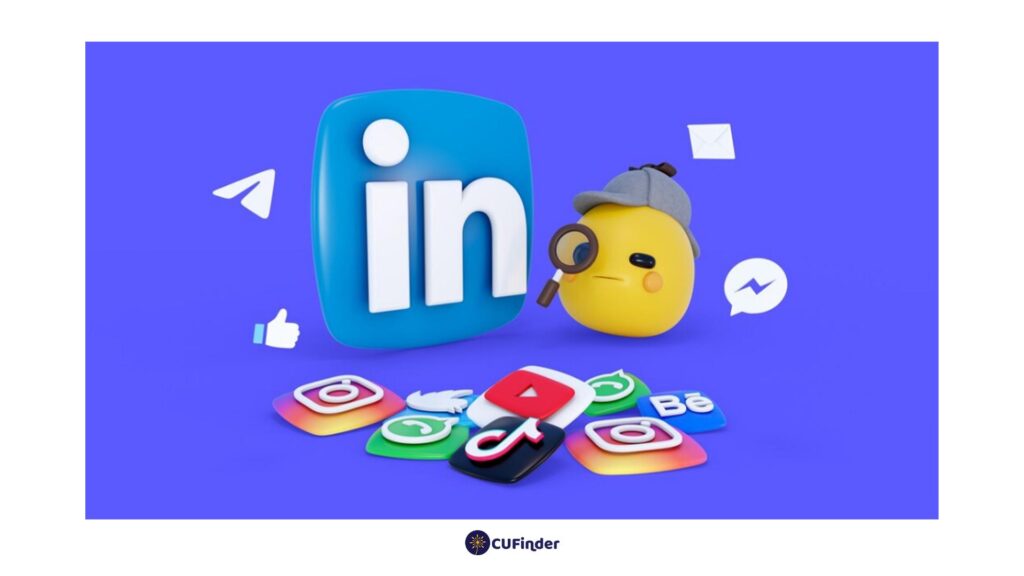
Now that you know how to create hyperlinks on LinkedIn, let’s talk about some best practices to ensure your links are effective and engaging:
- Use Shortened URLs: Long URLs can look messy and overwhelming. Use URL shorteners like Bitly or TinyURL to clean things up.
- Provide Context: Always explain what the link is about. A hyperlink without context can confuse your audience. For example, write something like "Check out my latest article on digital marketing: [link]."
- Link to Relevant Content: Ensure that the linked content is relevant to your post. This increases the chances of engagement and helps to establish your credibility.
- Monitor Link Performance: If you're using shortened URLs, take advantage of tracking capabilities to see how well your links are performing and adjust your strategies accordingly.
- Avoid Overlinking: Too many links can be distracting. Keep it to just one or two relevant links to maintain clarity and focus.
By following these best practices, you'll maximize the effectiveness of your hyperlinks on LinkedIn, creating more opportunities for engagement and interaction.
Common Mistakes to Avoid
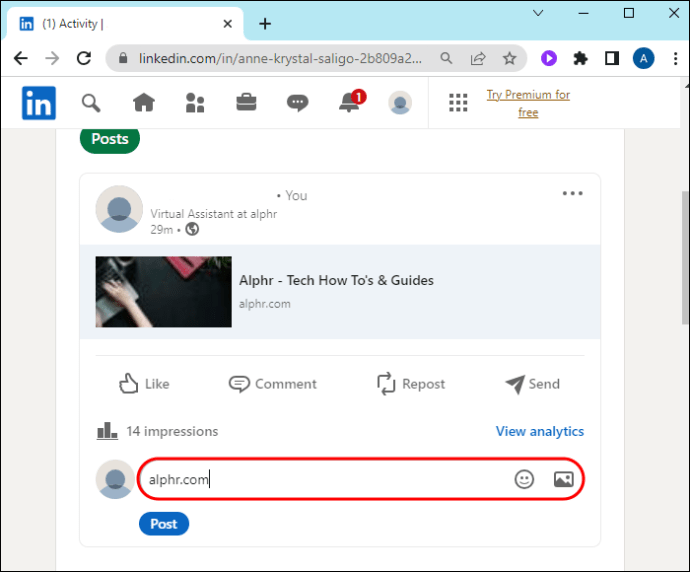
Creating hyperlinks in your LinkedIn posts can be an effective way to share additional resources, direct traffic to your website, or enhance engagement. However, it’s easy to make some common mistakes that could undermine your efforts. Below are some pitfalls to watch out for:
- Ignoring Formatting: One major mistake is neglecting to format your hyperlink correctly. A well-formatted link should clearly indicate where you’re directing your audience. Avoid using long, complicated URLs—opt for link shorteners to create neat, manageable links.
- Overusing Links: While hyperlinks can enrich your content, overloading your post with them can be distracting. Ideally, depict one or two key resources that add significant value to your audience. Too many links can seem spammy and might deter readers.
- Neglecting CTA (Call to Action): Always include a clear CTA when you add a hyperlink. Just dropping a link doesn’t usually earn clicks; explain why the link is valuable and encourage your audience to click on it.
- Forgetting Mobile Users: Many LinkedIn users access the platform via mobile devices. Make sure that the links you provide are mobile-friendly and lead to webpages that render well on smaller screens.
- Not Testing Your Links: It’s essential to double-check that the links you’re sharing are functional. There’s nothing worse than directing potential connections to a broken link. Always test the hyperlinks in your post before you hit “publish.”
Conclusion
In summary, creating a hyperlink in a LinkedIn post in 2024 can drastically improve engagement and direct your audience to relevant content. Remember that a good hyperlink is more than just a URL—it’s a thoughtful way to guide your network in discovering useful information. By avoiding common mistakes such as poor formatting and overloading your post with links, you can enhance the effectiveness of your posts.
After crafting your post, take a moment to review your hyperlinks, ensuring they serve a clear purpose and function properly. Always strive to add value to your content, and you will naturally see an increase in engagement from your audience. So go ahead, give those links a try! You might just find that your LinkedIn posts engage your audience more than you ever thought possible.
 admin
admin




